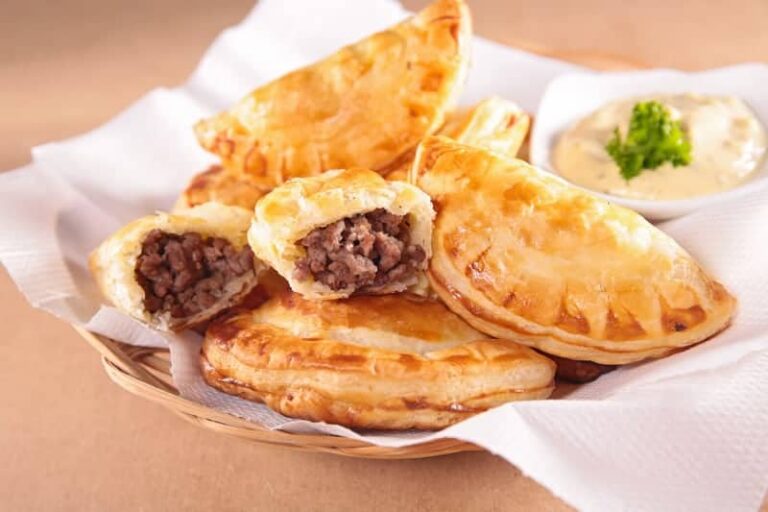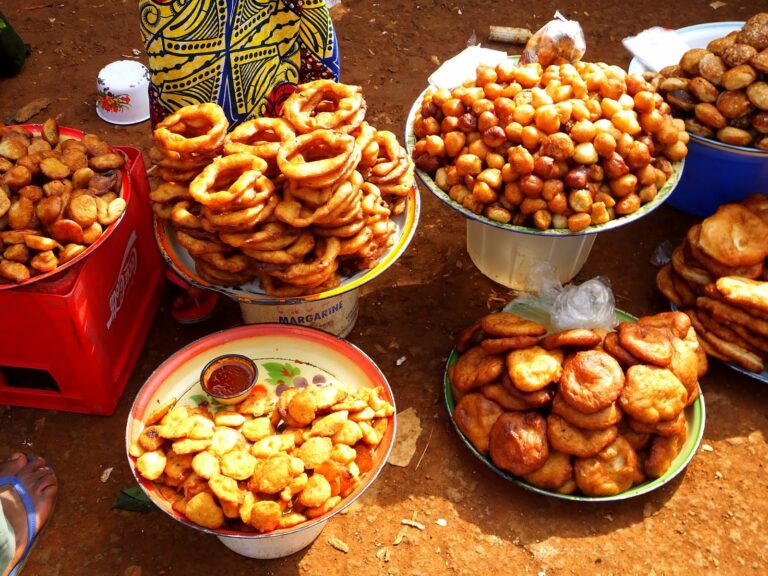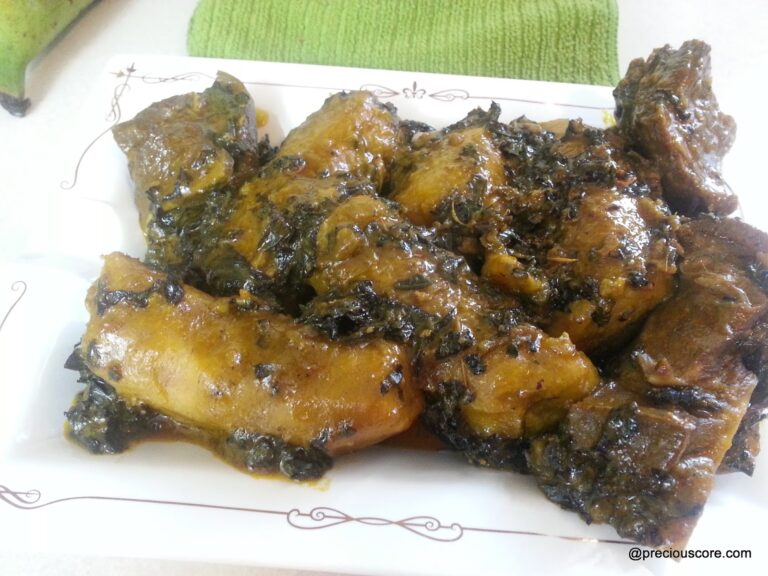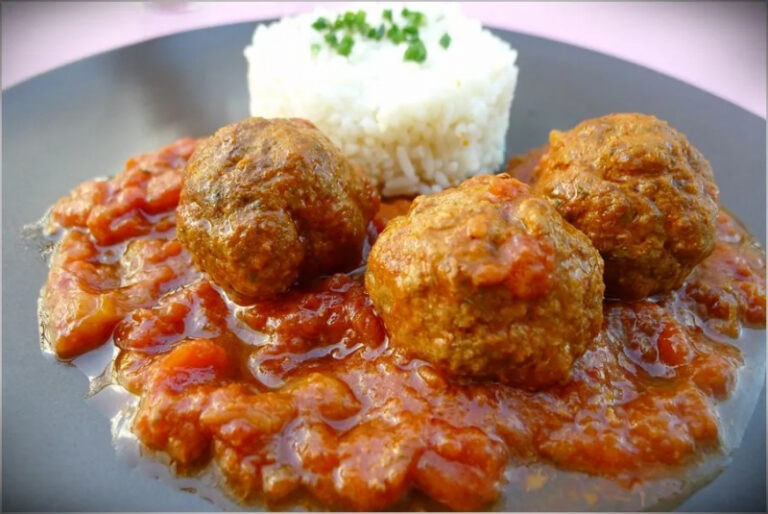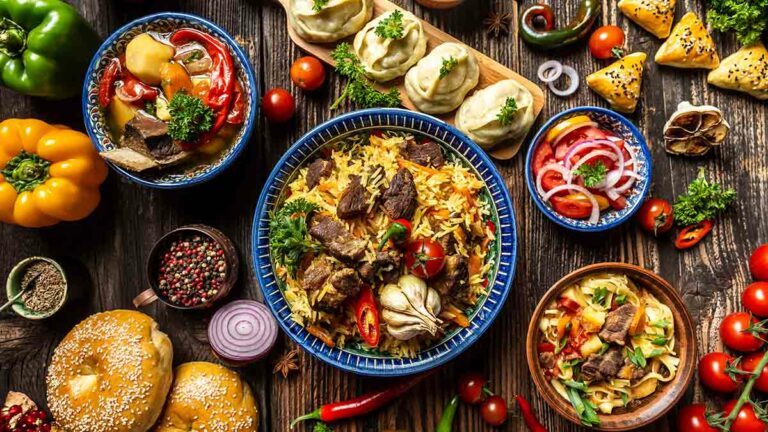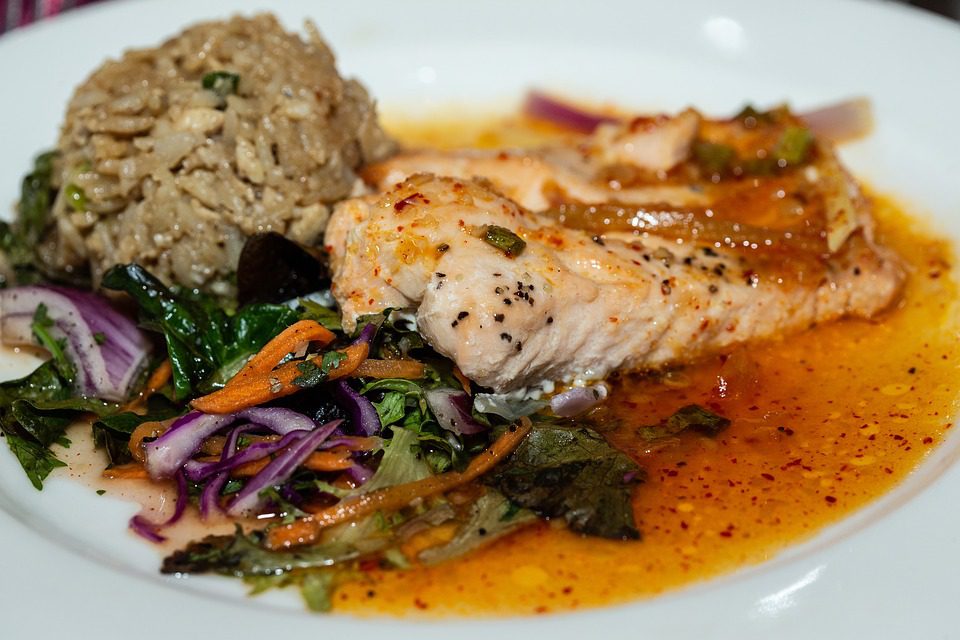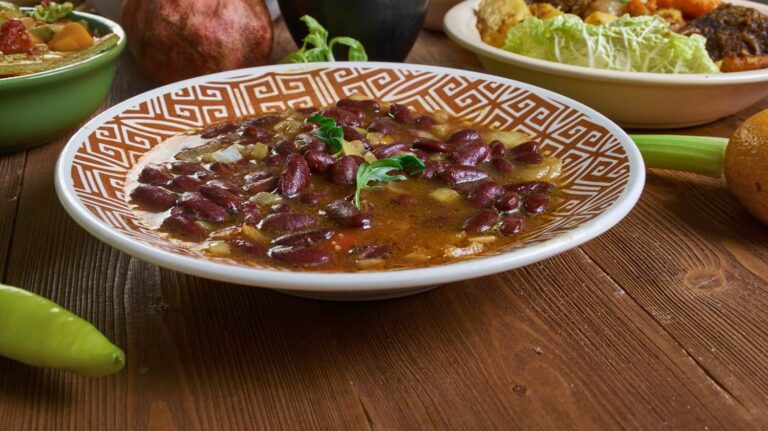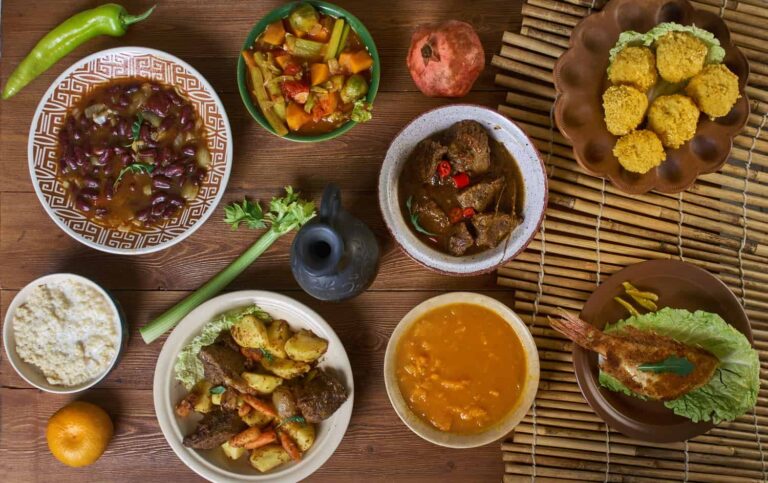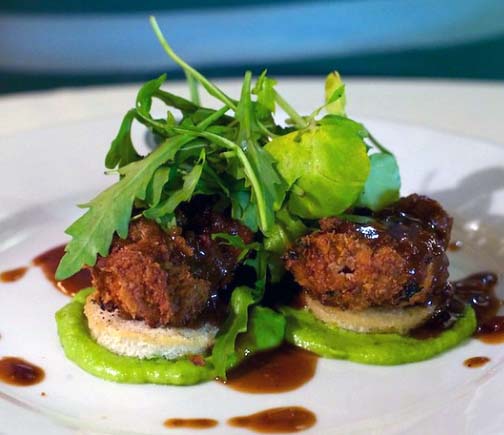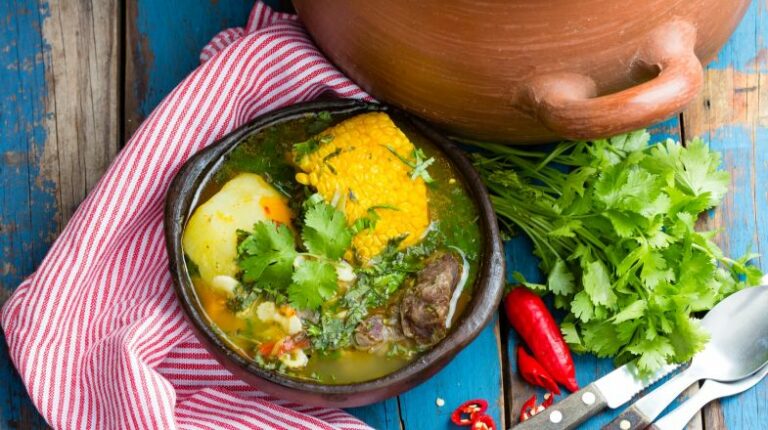Introduction: Exploring Cabo Verdean Cuisine
Cabo Verde is an archipelago of ten islands located off the coast of West Africa. The country’s cuisine is a unique blend of African and Portuguese influences, with seafood being a staple ingredient in many dishes. However, if you’re a vegetarian or vegan, you may be wondering if there are any options for you to try in Cabo Verdean cuisine.
Understanding Cabo Verdean Cuisine
Cabo Verdean cuisine is characterized by the use of fresh ingredients, bold flavors, and rich spices. Seafood is a significant part of the cuisine, including fish, lobster, and shrimp. The country also has a strong agricultural tradition, with fruits and vegetables such as sweet potatoes, cassava, and bananas being grown on the islands. Additionally, Cabo Verdean cuisine often incorporates Portuguese ingredients, such as olive oil and garlic.
Traditional Cabo Verdean Dishes – Non-Vegetarian
Some of the most popular non-vegetarian dishes in Cabo Verdean cuisine include Cachupa, a stew made with corn, beans, and meat; Caldo de Peixe, a fish soup; and Lagosta Grelhada, grilled lobster. These dishes are all delicious but are not suitable for vegetarians or vegans.
Vegetarian Options in Cabo Verdean Cuisine
While Cabo Verdean cuisine is heavily focused on seafood and meat, there are some vegetarian options available. Most restaurants offer salads and side dishes made with vegetables such as potatoes, yams, sweet potatoes, and green beans. Additionally, some traditional dishes, such as Catchupa Rica, can be adapted to be vegetarian by omitting the meat.
Vegan Options in Cabo Verdean Cuisine
Vegan options in Cabo Verdean cuisine can be more limited, as many of the traditional dishes contain dairy or eggs. However, some restaurants offer vegetable stews or soups that are vegan-friendly. Additionally, vegans can enjoy traditional side dishes such as Funchi (cornmeal porridge) and Batata Doce (sweet potato).
Best Vegetarian and Vegan Restaurants in Cabo Verde
There are a few vegetarian and vegan-friendly restaurants on Cabo Verde, including Morabeza Restaurant in Praia and Terra Sabe in Santa Maria. These restaurants offer a variety of vegetarian and vegan dishes using fresh, local ingredients.
How to Order Vegetarian/Vegan Food in Cabo Verde
When ordering food in Cabo Verde, it’s important to communicate your dietary restrictions to the restaurant staff. Some restaurants may not be familiar with vegetarian or vegan diets, so it’s helpful to explain what you can and cannot eat. Additionally, it’s always a good idea to ask if dishes contain any animal products.
Conclusion: A Vegetarian/Vegan Foodie’s Guide to Cabo Verdean Cuisine
While Cabo Verdean cuisine is known for its seafood and meat dishes, vegetarians and vegans can still find delicious options to try. By communicating your dietary restrictions to restaurant staff and exploring vegetarian-friendly restaurants, you can experience the unique flavors and spices of Cabo Verdean cuisine.

